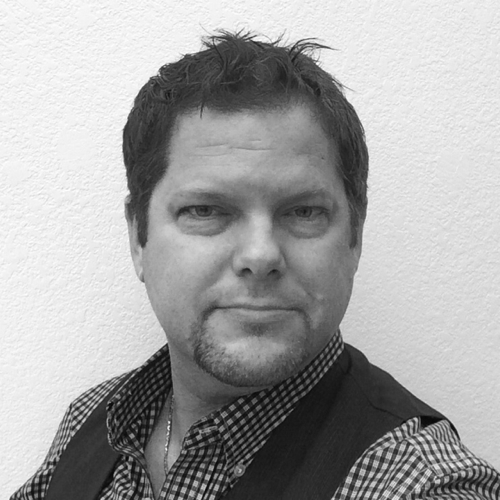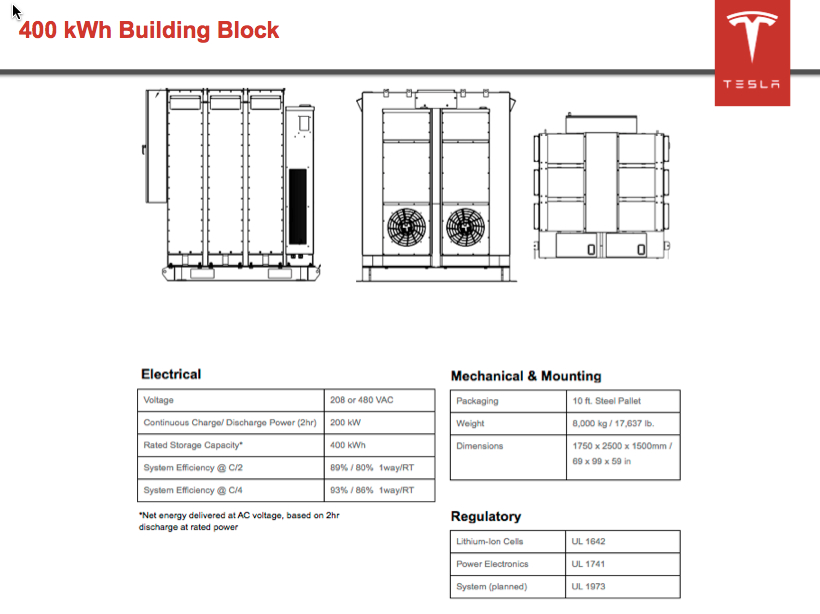
“We can concentrate the energy into energon cubes and store them…” Soundwave, Transformers
Using core competencies from many project management frameworks, as well as his own artistic style, Program Manager Kirk Hayes leads the efforts of the Stationary Storage Program for Tesla. Hayes has experience with large-scale power and utility projects designing and managing solar installation. As the Program Manager for the Tesla Stationary Storage Program, Hayes is responsible for the successful deployment of dozens of these peak shaving systems across the United States. With most companies working to find ways to minimize energy expenditures, Tesla is actively engaged in providing smarter and more efficient ways of powering locations such as office buildings and factories. The California-based energy innovator has an offer for commercial-level customers to have a battery system installed, which can charge during “off-peak” hours and then supplement the power to a building during the “peak” hours and optional use as emergency backup power.

“Each of the installation locations is a project in itself.” Hayes said. “Each of the projects has their own unique set of environmental factors that make certain phases of the project easier or more difficult.” Examples that Hayes had for the different circumstances were location, permitting, and distance from Tesla battery manufacturing each of which added different degrees of complexity to the individual project. However with the project milestones and desired outcomes each the same, the projects were banded under one single program: Stationary Storage.
“Since there is a small group of experts involved in the program, we are able to manage all of the installations against a master framework.” Hayes continued. “While there are dozens of installation teams at each site handling the projects at the tactical level, the Program Managers are able to focus on executing contracts, navigating state and local permits, and managing transportation from a more strategic level.”
I asked if the program was using a traditional PMBOK framework, or the Agile methodology, or something else to track and manage the project and the program level.
“There’s not really a time where the installation is going to iterate and be done in a different configuration, because the battery is either correctly installed or it isn’t.” Hayes responded. “In these kinds of projects the dependencies make the projects more serialized, particularly when it comes to the physical installation. There may be a few things that get a true iteration like applications to permits, but even those are usually done with the answer being binary – it’s right or it’s not.”
Given the number of projects under the program umbrella, I asked about what he saw as his greatest issue that he had to mitigate as the Program Manager.
“Each project [under the program] will have unique progression, roadblocks, dependencies, and risks. As the projects report on their progress, the challenge of visibility and transparency in the reporting has become more apparent. I can see that a particular task is 80% complete, but I don’t know what that remaining 20% is or how critical it is prior to starting the next task. There’s also challenges when you get a report that is focused entirely on a project activity with no connection to what’s supposed to happen next. That’s my job to ask the tough questions and make sure that we get to that level of detail to make sure that the program is successful.”
This is where Program Management as a practice gets to shine as the science of how work is done. As the Program Manager, Hayes explores the various projects at a deeper level to highlight and identify tasks which may cause a delay in the schedule or an impediment to the work efforts. By wielding his expertise in the industry through project management best practices, Hayes is able to manage multiple projects which all act as a part of a larger whole body of effort – the Tesla Stationary Storage Program.

Note: This interview was conducted in Q2 of 2014. Several links to Tesla’s presskit have been updated to refocus on some of the more recent announcements from the company. Program Manager Kirk Hayes now works as a Program Manager for Sun Edison.
